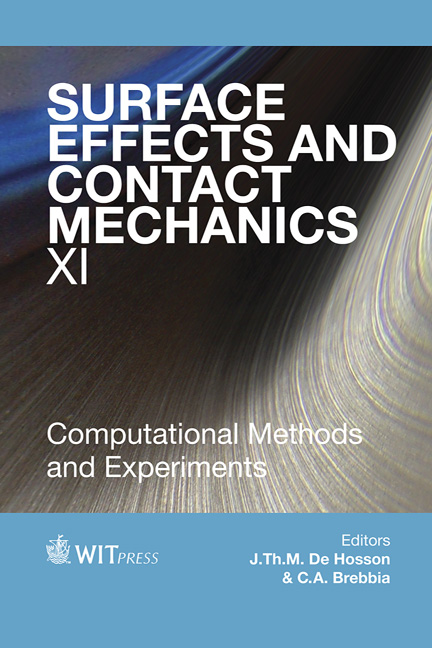Effect Of Casting Defects And Roller Burnishing On Fatigue Properties Of A Cast Aluminum Alloy AC4CH
Price
Free (open access)
Transaction
Volume
78
Pages
9
Page Range
251 - 259
Published
2013
Size
520 kb
Paper DOI
10.2495/SECM130211
Copyright
WIT Press
Author(s)
Y. Nakamura, H. Masuda, T. Shimizu, M. Nakajima & Y. Uematsu
Abstract
In order to clarify the effect of casting defects on the high cycle fatigue properties, rotary bending fatigue tests were carried out on a cast aluminum alloy, JIS AC4CH, with two different levels of defect size. As a result of fatigue tests, the fatigue strength decreased with increasing the defect size. The fatigue limits were estimated by the area parameter model and compared with experimental values. The maximum defect size evaluated by the extreme value statistics was used in the prediction. The predicted values of fatigue limits for specimens with the different defect sizes were not in good agreement with the experimental values. In addition, the effects of the roller burnishing process on surface conditions and fatigue properties were also investigated. Vickers’ hardness and compressive residual stress on the specimen surface were increased by the burnishing process. An improvement of fatigue property was found in the burnished specimen. It is due to the disappearance of casting defect on the specimen surface, and increase of hardness and compressive residual stress. Keywords: fatigue, cast aluminium alloy, casting defect, roller burnishing, statistics of extreme value.
Keywords
Keywords: fatigue, cast aluminium alloy, casting defect, roller burnishing, statistics of extreme value.





